SQA Regulatory Surveillance Summary 1 | Monthly Update 2021
SQA
FEBRUARY 22, 2021
Noteworthy changes consist of the down-classification of 15 device types (including optical endoscopes and medical microscopes) and revisions to the entries for 13 product categories (including additional classification adjustments). 26 of 2020 (link in Chinese), relating to the submission of Unique Device Identifier (UDI) information.


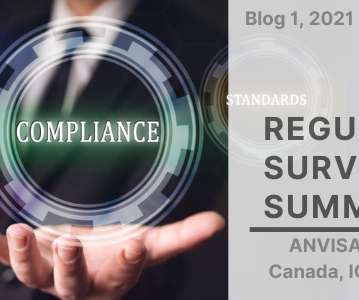

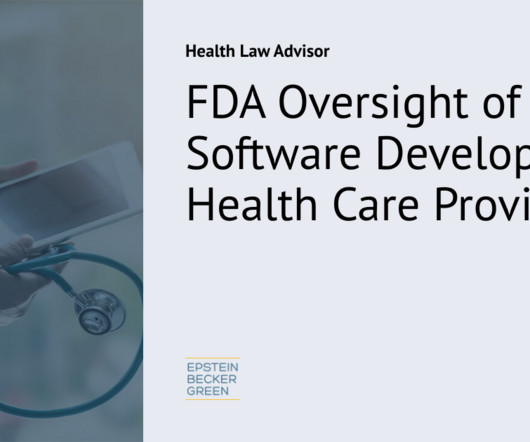
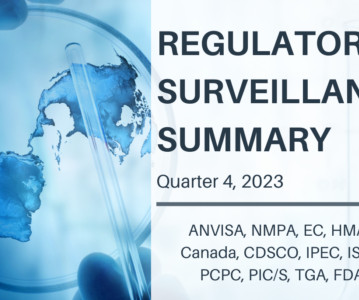
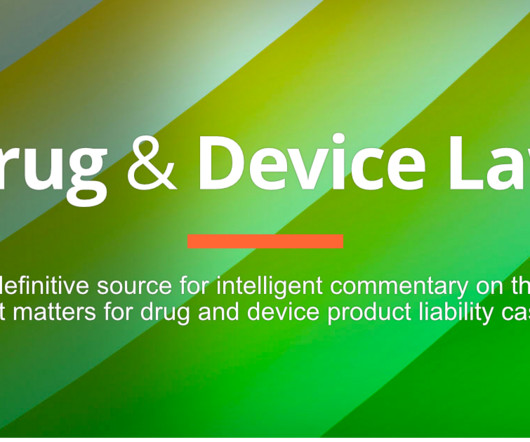
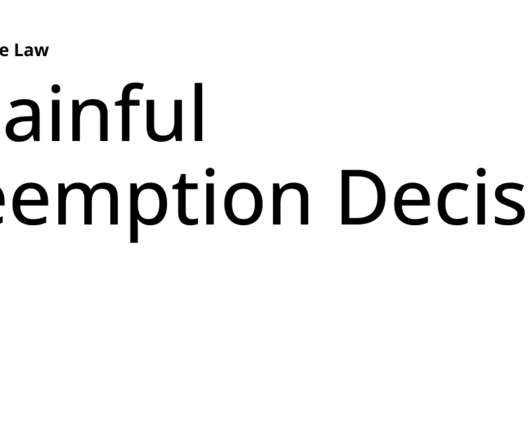
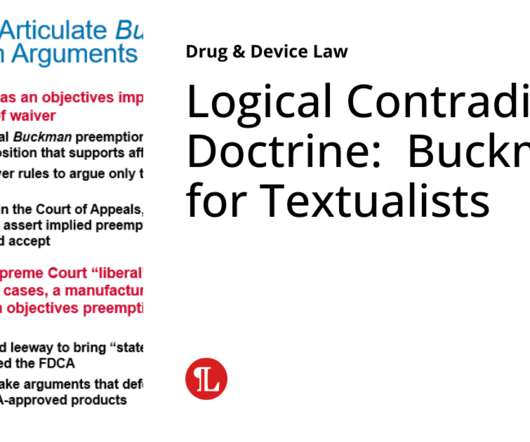






Let's personalize your content